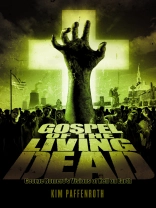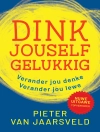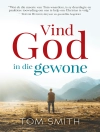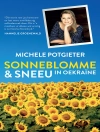Winner of the 2006 Bram Stoker Award, Gospel of the Living Dead connects American social and religious views with the classic American movie genre of the zombie horror film. For nearly forty years, the films of George A. Romero have presented viewers with hellish visions of our world overrun by flesh-eating ghouls. This study proves that Romero’s films, like apocalyptic literature or Dante’s Commedia, go beyond the surface experience of repulsion to probe deeper questions of human nature and purpose, often giving a chilling and darkly humorous critique of modern, secular America.
İçerik tablosu
Acknowledgments
Preface
Introduction
The Themes of the Current Zombie Movie Genre
1. Night of the Living Dead (1968)
Romero’s First Look at Hell, Sin, and Human Nature
2. Dawn of the Dead (1978)
Consumerism, Materialism, and the Fourth Circle of Hell
3. Day of the Dead (1985)
Violence, Perverted Reason, and the Lower Circles of Hell
4. Dawn of the Dead (2004)
Limbo and the Partial Victory of Reason and Virtue
5. Land of the Dead (2005)
The Deepest Abyss of Hell and the Final Hope
Conclusion
The Meaning and Future of Zombie Movies
Notes
Bibliography
Index
Yazar hakkında
Kim Paffenroth (Ph.D. Notre Dame) is Professor of Religious Studies at Iona College












